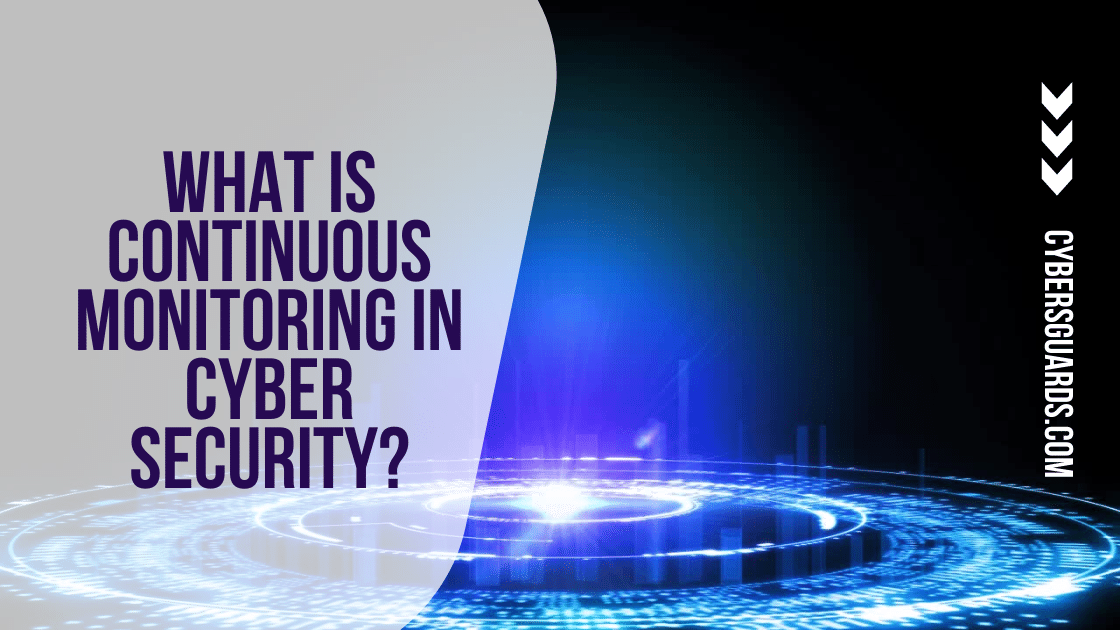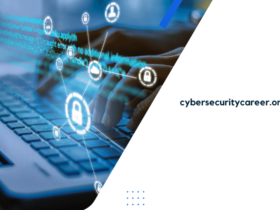Continuous security monitoring can be described as a type of protection system that automates security monitoring via multiple security information channels. Permanent protection surveillance systems give insight into the company’s safety, continuous surveillance for hack attacks, system malfunctioning or other vulnerabilities.
Businesses rely on technology and intelligence to perform critical business transactions. Continuous security control is vital today. Remote staff and independent contractors are now more common in companies. They also have expanded their attack surface and created data loss platforms.
Businesses can still adhere to strict rules. Employees are also using non-approved apps or technologies that could endanger records.
What is Continuous Monitoring?
Constant security monitoring gives consumers and computers real-time exposure so they can communicate or operate on a business network. These system forms must be controlled.
Organizations can keep track of cyber-attacks across their network by managing information on a daily basis. IT professionals will monitor and verify compliance criteria using constant computer monitoring, regardless of whether data is located locally, in a data center, in the network, or in the cloud.
Benefits
Continuous security monitoring solutions that integrate with the infrastructure of organizations and detect devices when they connect to the network are top-of-the-line. This helps to prevent cyber threats from unauthorized or dangerous devices.
Organizations can identify and respond to attacks and vulnerabilities with continuous security monitoring solutions. They provide IT professionals with real-time insight to help them quickly and proactively respond to threats and compromises.
Companies can use the top safety-monetization solutions to provide full visibility for identification and enforcement of security misconfiguration vulnerabilities.
Continuous safety management systems detect devices based on form, ownership and operating system. This information is used to inform and alert users to prevent and respond to any dangerous network behavior.
All organizations should take steps to protect their data and structures from the ever-increasing danger. Companies can monitor their security status and identify potential weaknesses quickly.
IT security departments must monitor all parties’ cybersecurity risks. Continuous monitoring is key here.
Continuous monitoring, as it is commonly known, refers to security professionals using automation technology to detect security risks and compliance issues within the organization’s IT infrastructure.
Real-time monitoring of compliance and risk management shows real-time information regarding security activity including unauthorized access and control failures.
In a way, monitoring and auditing are two sides to the same coin. Continuous monitoring is the continuous vigilance against external threats to your security systems; continuous auditing involves the continuous testing of your internal controls to ensure they are working well.
They are essential components of a strong cybersecurity strategy. These allow chief information security officers (CISOs), compliance officers, IT administrators, and other stakeholders to quickly implement mitigation strategies in the event of a breach or vulnerability.
This article will discuss the benefits of continuous monitoring and its relationship to cybersecurity. It will also explain how continuous monitoring can be implemented in a way that increases your IT security and prevents cyber threats.
Benefits of continuous cybersecurity monitoring
Over the past 20 years, cybersecurity threats have evolved dramatically. Traditional network security protocols like firewalls and antimalware tools no longer suffice to stop elite cybercriminals.
Even if you have already put data security at the top of your list, it is not enough to protect against modern cyber threats. A business must be able to see an attack before it breaches its operating system. Continuous monitoring is the best method to ensure this.
Continuous security monitoring in your cybersecurity plan will help to reduce cybersecurity risks as well as the potential damage from cyberattacks or data breaches, if they occur.
You can also monitor your IT security data continuously, which gives you visibility in real time. This offers benefits such as:
- Assisting in the management of risk across the company by helping to prioritize it.
- Provide cybersecurity metrics that allow you to assess the security state at all levels within an organization
- Monitoring the effectiveness of security controls.
- Verification of compliance with information security policy derived from organization’s business operations, federal legislation, regulations, policies standards, guidelines and best practices.
- You must ensure that you are able to understand and control the environment and its changes.
- Increasing awareness of vulnerabilities and threats
What is Continuous Cybersecurity Monitoring?
NIST is the National Institute of Standards and Technology. It defines information security continuous monitoring as “maintaining an ongoing awareness of information security vulnerabilities and threats to support organizational risks management decisions.” The NIST cybersecurity framework also includes three components.
Core Functions. These activities are combined to manage and address cyber security risks.
- Identify. Analyze organizational resources and tools to identify risk.
- Protect. Create safeguards to protect systems and resources.
- Detect. Aim to prompt detection of cybersecurity events.
- Respond. Create processes to take actions when a cybersecurity incident is detected
- Repair. Fastly restore services and systems to ensure business continuity.
Implementation Tiers. These tiers indicate the organization’s level of cyber security rigor.
- Tier 1 Partial
- Tier 2: Risk-Informed
- Tier 3: Repeatable
- Tier 4: Adaptive (most advanced)
Tier 4 is not mandatory for all organizations. It depends on the cost and benefit analysis of the organization, the information it collects and stores and its regulatory requirements. These categories will help you determine the tier that an organization belongs to:
- The cumulative risk management process is the prioritization and maturation of risk management goals.
- A comprehensive risk management program: The extent to which risk management can be disseminated across departments as well as the organizational culture
- External participation: Risk management practices with third party partners
Framework Profiles. Profiles are used to align the core functions of the framework with business needs.
These five core functions can be further subdivided into categories and/or subcategories that include descriptions of the most important information security practices. These activities create a framework for mitigating cyber risks.
To help implement their continuous monitoring program, organizations can make use of several NIST publications. These publications include:
- NIST 800-53 is a set of controls that help organizations comply with the Federal Information Security Modernization Act requirements (FISMA). Federal agencies and organisations that want to do business with them must comply with FISMA.
- NIST SP 800-30, A Guide to Conducting Risk Assessments helps you with cyber risk management.
- NIST SP 800-171, Protecting Unclassified Controlled Information in Non-federal Systems and Organizations, assists systems and organizations that do not belong to the federal government to protect sensitive information.
You can implement your own continuous cybersecurity monitoring plan
A continuous monitoring plan is a formalized document that documents an organization’s actions in identifying IT systems, classifying them by risk, applying mitigation controls, enforcing rules and responding to new risks or threats.
You should follow these steps to ensure the successful implementation of your continuous monitoring program.
- Identify data on networks, systems and devices. Identify all users and devices that access your IT stack.
- Conduct a risk assessment. Decide if you accept, reject, transfer, or mitigate risk. Analyze the risk of data, users and devices being compromised.
- Set risk levels for data, users and devices. As business requirements and requirements change (e.g., the addition of new services), you should revise your risk assessment.
- Monitor. To ensure that mitigation controls are effective, the ecosystem must be closely monitored. Document your activities to show governance over the monitoring of ongoing controls.
- You must respond to all new risks immediately. A plan based on risk allows you to create response plans.










Leave a Reply